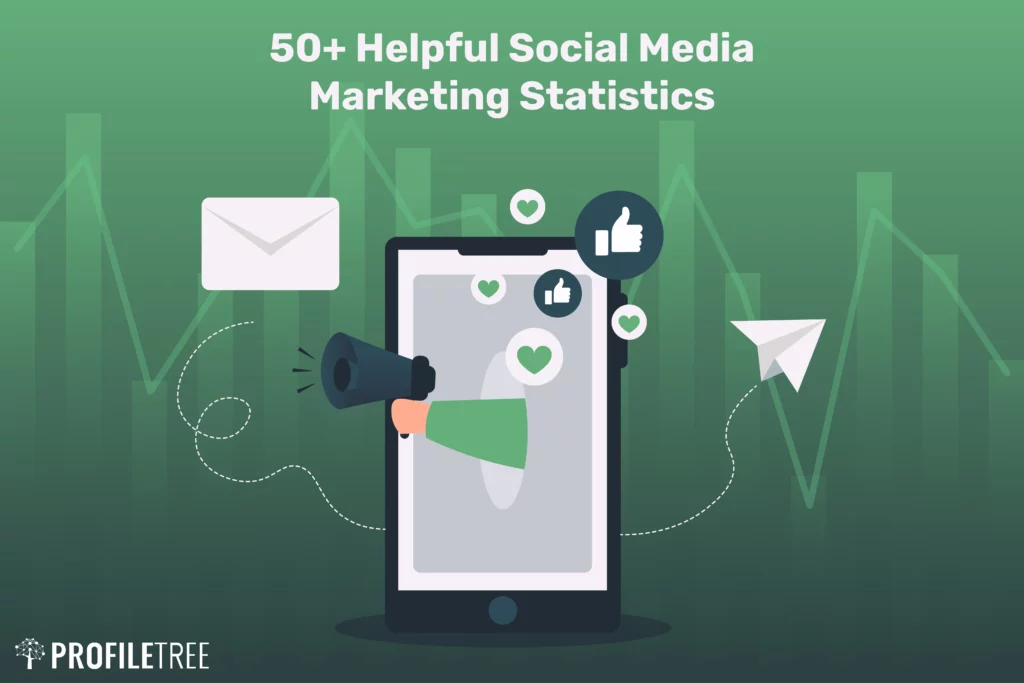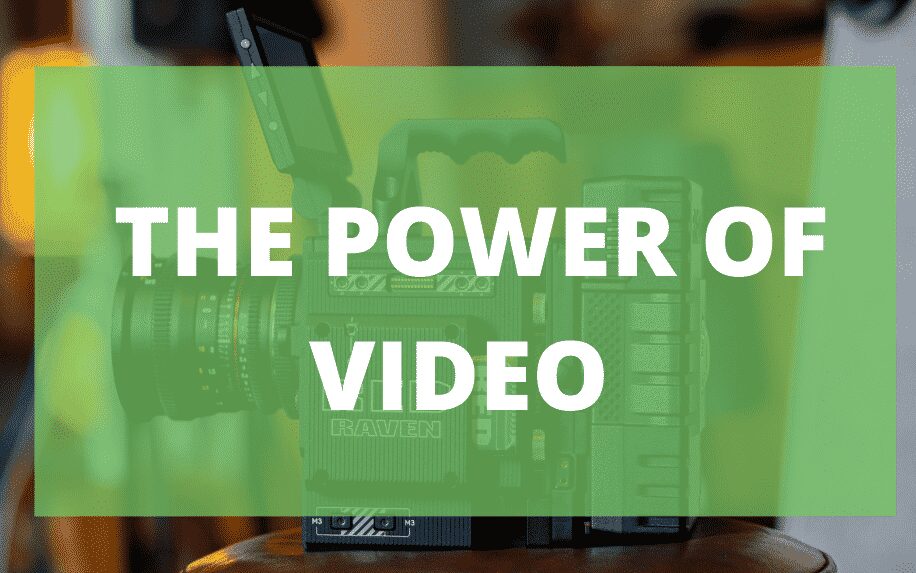What is a Social Media Influencer?
A social media influencer is a person who uses social media platforms to attract a target audience to a specific industry or brand that they have an honest reputation with and have knowledge about. A social media influencer impacts the purchasing habits of their audience by posting regularly about their topic of expertise. The powerful relationship they create with their following means their opinions and recommendations are respected and trusted.
Table of Contents
The 4 Types of Social Media Influencers
Mega-Influencers
A mega-influencer would typically have celebrity status. This type of influencer is often famous and has a huge following before they even start influencing online. They have become well-known from their career as an actor, singer, athlete or online personality. A mega-influencer would have a following of over 1 million people on their social media platform. Having such a big audience means that mega-influencers can charge brands hundreds of thousands or even up to a million dollars to do a sponsored post for them.
Although mega-influencers have the largest following of all social media influencers, often they are not as credible and authentic. It can be hard to distinguish between whether a mega-influencer actually has a relationship with and uses the brand or product that they are promoting or are they just doing it for the whole purpose of monetary gain. There is often a lot of risk attached to a mega-influencers posts as if it is not well received or controversial, a lot of eyes are seeing it.
Read more: Influencer Marketing Campaigns That Went Wrong
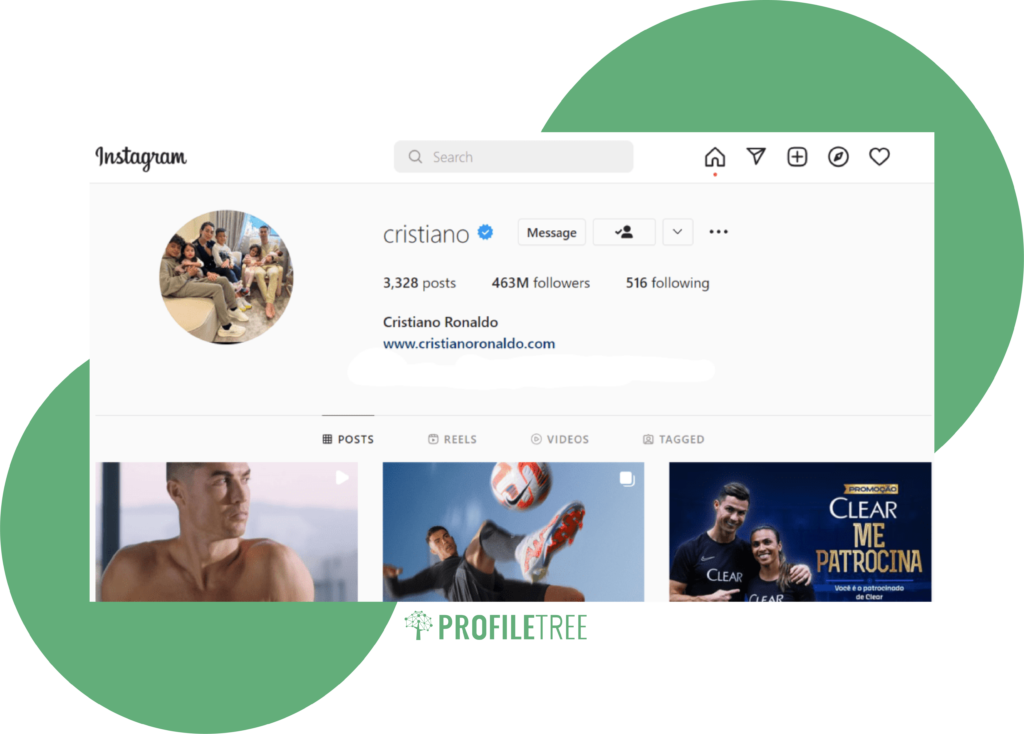
Macro-Influencers
Similar to mega-influencers, macro-Influencers may also have some sort of celebrity status, however they do not have the same reach. They gain fame and exposure through the internet and are often experts on creatively and professionally using social media platforms to raise their following. A macro-influencer would have an audience reach of between 100,000 and 1 million followers and is more targeted than mega-influencers. Although a macro-influencers may be smaller than a mega-influencers, than usually have a higher engagement rate as they are promoting a brand or product that they know the majority of their following will be attracted to.
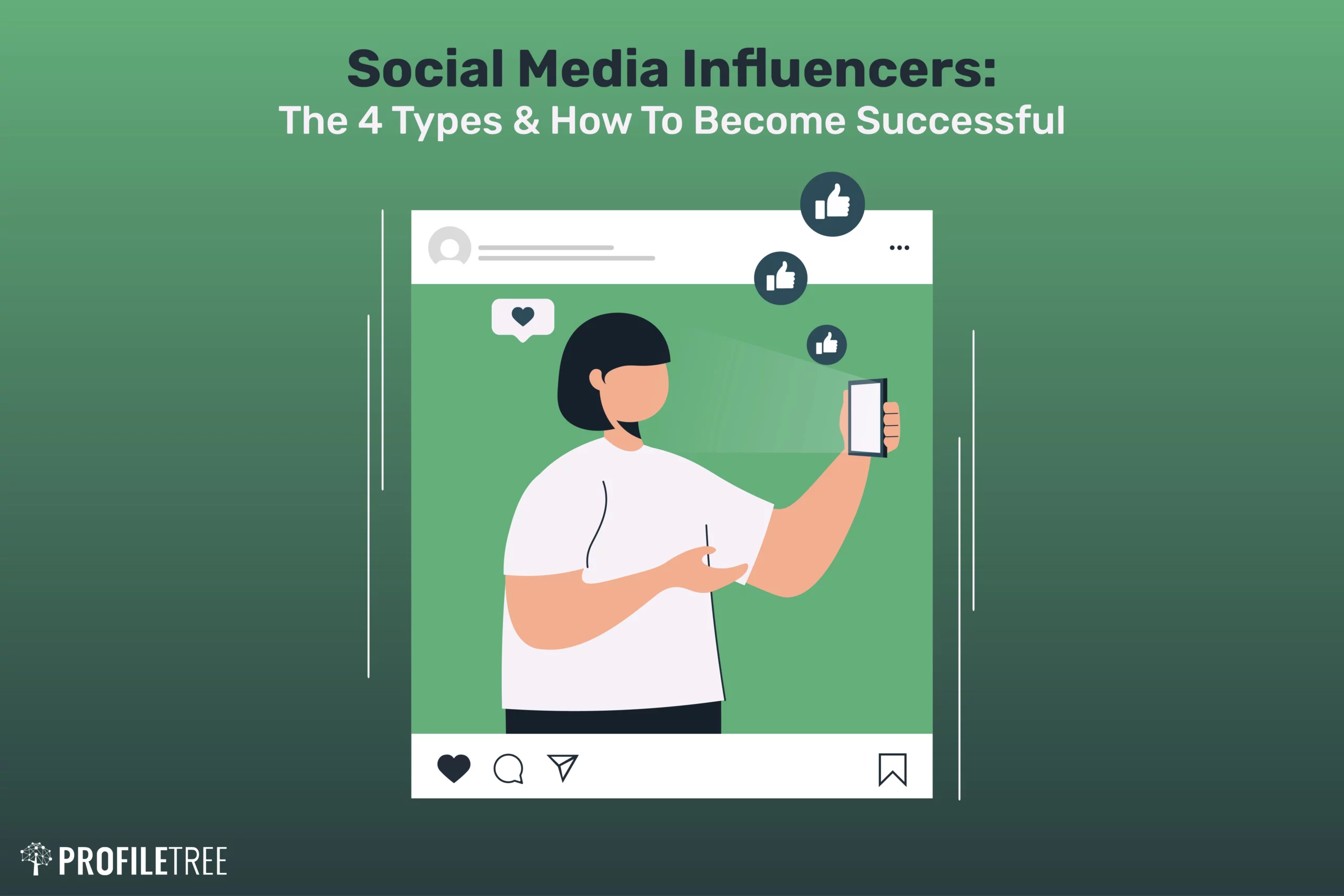
Macro-influencers have built their audience based on the content they create. A macro-influencer generally promotes a specified niche and does collaborations with relevant brands that fit their page and values. A macro fashion influencer who has built their niche around sustainable fashion would only promote a brand that matches these values and not with a fast-fashion brand that may offer to pay for a post. A macro-influencer that does partnerships or sponsorships with brands that don’t correlate with their particular niche will lose credibility with their followers.
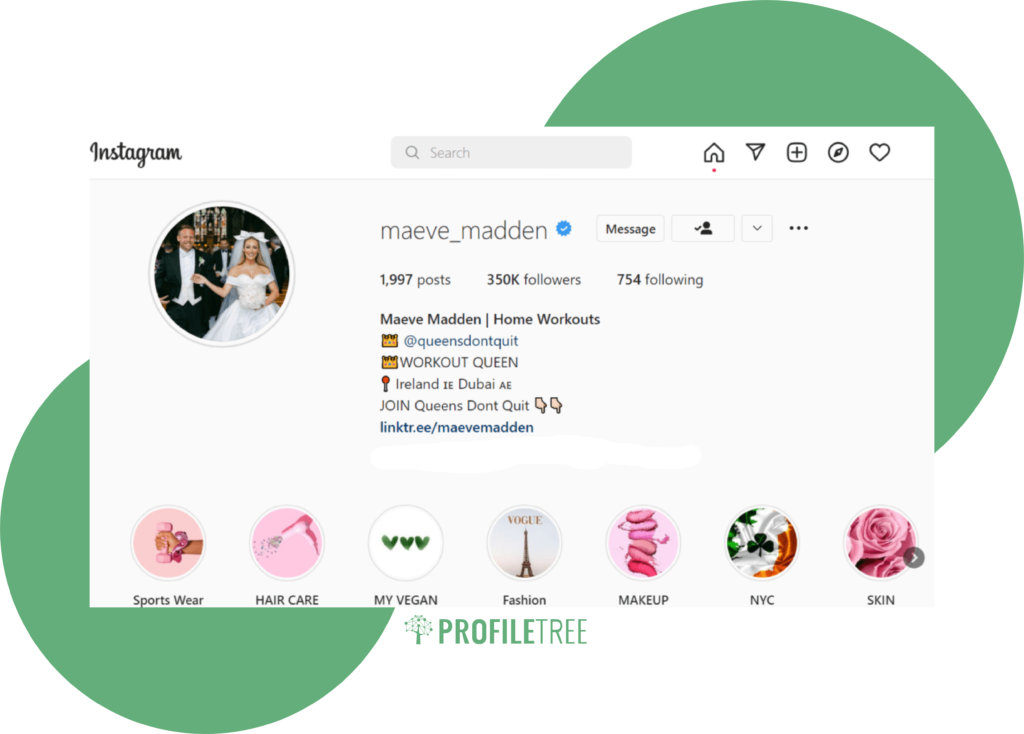
Micro-Influencers
A micro-influencer would be the more authentic influencer compared to their mega- and macro- counterparts. A micro-influencer would have around 10,000 to 100,000 followers on their preferred social media platform. These type of influencers are normal people who have built a following on social media based on their knowledge of a certain topic. Although their audience size may be smaller than mega and macro-influencers, their relationship with their audience is much stronger. Micro-influences are often very particular on what brands they will work with as they want to only promote brands that they feel will meet their principles.
Interaction and engagement levels are a lot more higher for micro-influencers than mega- and macro-influencers as their followers trust their recommendations. Engagement with a brand will be more successful if the audience doesn’t feel like it is constantly be targeted with meaningless paid posts. Micro-influencers are more affordable for brands to collaborate with and although some micro-influencers posts may look less professional, they feel a lot more authentic and less forced to followers.
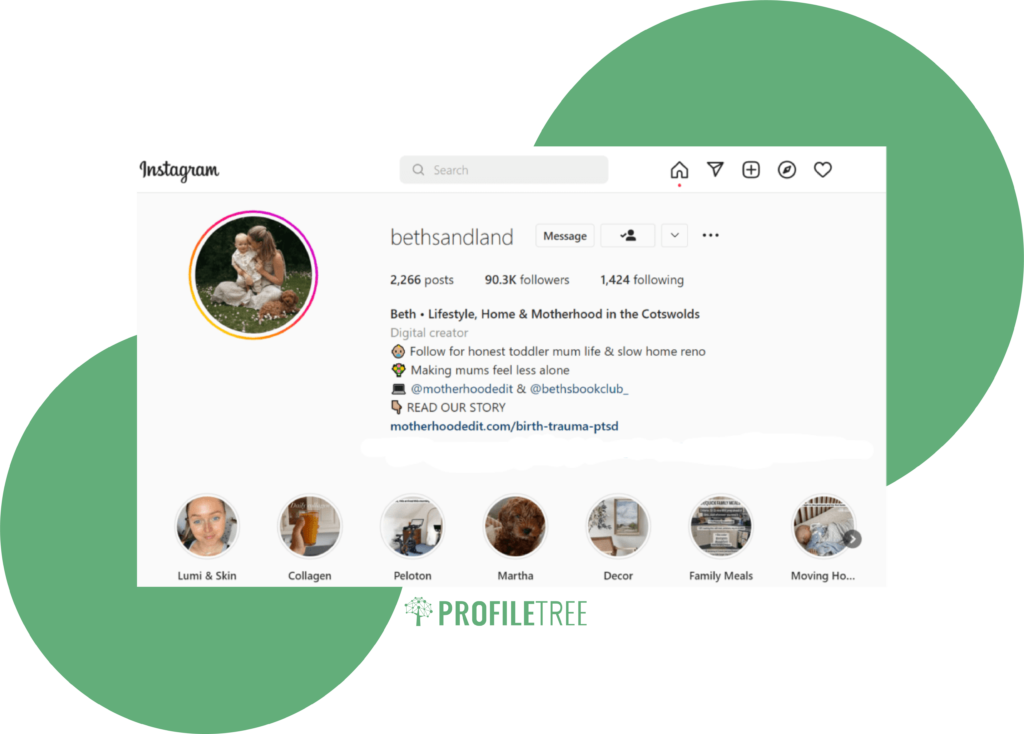
Nano-Influencers
The smallest type of influencer is nano-influencers and they can have anything up to 10,000 followers. Similar to Micro-influencers, nano-influencers make their own content and have a very tight bond with their audience. Their audience feels more like a friend than follower. Even-though they have the smallest reach, they are the most credible influencers and typically have the highest engagement and conversion rate amongst all other influencers.
Audiences want to connect with relatable real people who give them authentic content. Nano-influencers get to know their followers personally and interact with their audience more than any other influencers. They may even do brand partnerships for free because they genuinely like the brand and they want to share it with there followers.
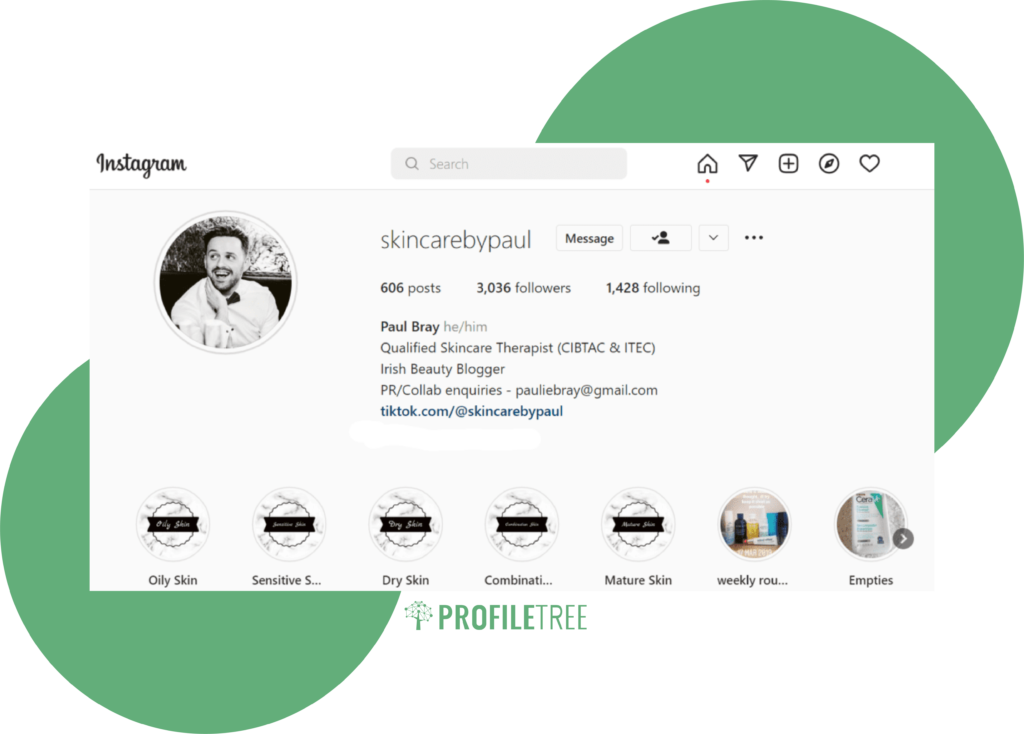
The Influence of Social Media
We are living in the digital era, where almost everything we do, watch, wear and eat is influenced by what we see online. Social media can have both a positive and negative impact. The youth of today have grown up with technology and information at the tip of of their fingers. We can slightly control what we are susceptible to seeing on social media, by filtering followers, un-following people and blocking posts, however we are never completely protected from content that may be sensitive to us. This can cause a negative impact on people, especially teenagers who can be very influenced by what they see and hear.
Fashion is heavily influenced by social media. A fashion influencer will post pictures and videos of new clothes in from certain shops and with one swipe their followers can buy the exact item and have it at their door in two days. The newest clothing trends are constantly being updated by these influencers and determining what people are wearing, what’s in and what’s not. Social media also brought home workouts back during the pandemic when nobody could go to the gym, personal trainers became fitness influencers and began posting workout videos and training plans on social media platforms for their followers.
Travel influencers have a huge impact on how we decide on our holiday destinations. Their beautiful pictures and videos of a country and reviews on hotels, transfers and airlines leave an impression on their followers and as a consequence they book their next trip based on an influencers experience.
Influencers that post heavily edited posts mislead their followers into thinking that this is what they really look like. These looks are unattainable and lead followers in particular girls, to become insecure about their appearance, when in reality nobody actually looks like that. Influencers must take care that they are not having a negative impact on social media.
How to become a Social Media Influencer
Choose your Social Media Platform
There are an endless amount of social media platforms out there, making it daunting to know which ones to use. Different platforms offer different advantages and using two or more platforms can optimise your audience reach.
Twitter is a real-time social media platform that keeps users up-to-date with all that is happening in the world. If an event occurs, the first platform many people will go to is Twitter as this is where the conversations are happening and where different opinions will be heard. Using Twitter analytics, a social media influencer can clearly see how their followers are interacting and retweeting with their posts and hashtags. Twitter is unique in the sense that it can reach a huge audience and engagement rate by other influential people retweeting, liking or commenting on a post and often posts that influencers put on Twitter will find themselves spreading on other social media sites.
A survey by Twitter Marketing, revealed that influencers on Twitter have introduced people to new brands and products for the first time and that influencers on Twitter are seen as dependable and knowledgeable. Influencers can show their personality on Twitter by what they share, what hashtags they use, what photos and videos they like and they can easily interact with their followers which helps build a loyalty.
Facebook is the most used social media platform in the world with nearly 2.5 billion monthly users. According to Pew Research, although Twitter is the main platform that journalists will use for their job, Facebook still ranks at number one for the social media platform that adults will use to find the news. Facebook typically attracts an audience of older Millennials and upwards compared to Instagram which targets Generation Z and younger Millennials.
Facebook allows influencers to create Facebook groups and events on their page so they interact with their followers. For influencers that have their own brand products, Facebook has a shop feature that lets people buy an influencers products with one click of a button. The social media platform also gives free analytics on your pages performance with Facebook Insights, an invaluable tool for influencers.
One of the most used and famous social media platforms for influencers is Instagram. People spend more time looking at social media on their phones than any other device. Instagram is a very mobile friendly app, meaning that people can view posts wherever, whenever. The Reels feature of Instagram allows influencers to create entertaining and captivating vertical videos to grab their followers attention. Visually attractive posts and videos make Instagram the go-to platform for influencers. They can easily interact with their followers through Instagram Lives, where they can chat to their audience and Instagram Stories by doing Q&A and Polls.
Similar to Facebook, Instagram gives influencers the ability to take part in e-commerce on the platform. Followers can buy products from brands that an influencer collaborates with by clicking links or swiping up Instagram stories. These different content types and e-commerce features make Instagram indispensable to an influencer.
Videos are known as the most engaging content, for this reason Youtube which only supports video content has such high engagement rates. A lot of influencers use Youtube to do vlogs of their day to give subscribers a look inside their life. Videos like these give people a sense of an influencers character and humour and allows them to connect and relate to them. Youtube also gives viewers more suggested videos of yours once they have watched one which can keep a follower on your youtube page.
Subscribers of an influencers youtube channel can get notifications for when a new video is uploaded meaning they are less likely to miss new content. Using youtube live streams influencers can interact with their subscribers.
TikTok
TikTok is the newest social media platform to take the world by a storm. Going viral on TikTok can immensely boost an influencers following in a short period of time. This addictive platform can have users scrolling for hours watching new and different content by just scrolling. Khabane Lame who goes by the name khaby.lame is the most famous TikToker in the world with 145.6 million followers and 2.3 billion likes. He shot to fame by making videos of himself mocking “life hack” videos.
Tiktoks “For You Page” feature targets users with videos related to what they watch and what they are interested in. Users can also search keyword hashtags into the search bar to find videos that use these hashtags, the hashtags can be as specific as “#Pomeranians” or as broad as “#PetTok”.

Many social media influencers use multiple platforms in order to maximise their engagement levels. For example, a fitness influencer may post nutrition and exercise tips and have their collaboration links on their Instagram, post shorter videos of healthy eating options on their TikTok and then use Youtube to show their subscribers full workouts. By using more than one platform you are attracting different audiences and encouraging them to look at your other content.
Read more: How to Create Instagram Reels I The Best Ways to Create an Influencer Campaign
Choose your Target Audience and Content
It’s important to figure out what content you are going to create as an influencer, what and who is it you want to influence. This could be something you have knowledge, something you are passionate about, a hobby that you want to share, whatever it is you must have an interest in. Once you have figured out what content you will create you must find your audience.
Reaching the right target audience is vital in maximising your engagement rate. If the people who are following you are actually interested in what you are posting then you will have follower retention. Follow influencers who post similar content to you and interact with their posts and videos. This will allow their followers to notice your page. Using hashtags in your posts will allow followers who are interested in the content you create be able to find you easier.
Be Yourself
This may seem like an obvious one but it is so important as putting yourself out there can be daunting. A lot of people will feel that their true self isn’t good enough to be an influencer and therefore will feel like they have to alter their persona in order to be accepted. However, it is so important to be someone that your followers can relate to and feel a connection with.
If you start your influencer journey on a pretence it won’t be long before you are found out. Amongst a lot of the falseness of social media, being real and authentic and letting your personality show can be refreshing for followers to see and will make your content original as nobody else is like you.
What are Social Media Influencers Paid
The amount of followers, the level of engagement and interactions with influencers social media platforms determines what an influencer will be paid by a brand. A mega-influencer will earn a much higher salary than a nano-influencer will. A micro-influencer could earn up $100 for a post where as a macro- or mega-influencer could charge over $1000 for a post. The more followers and higher engagement rate an influencer has the more power they have over their salary. For example, celebrity Kylie Jenner charges close to $1 million for a sponsored post on her Instagram account. There are many ways a social media influencer can earn a salary.
Sources of Income
Sponsored post
The size of an influencers following and engagement rate will decide what an influencer can charge a brand in order for them to do a post on their social media platforms. To have full transparency with their followers and to not mislead, an influencer must say that it is a sponsored post by having #sponsored or #ad clearly visible on the post.
Brand ambassador
Being a brand ambassador for a brand allows an influencer to promote a brand that they have a good relationship with on their social media. Being a brand ambassador is not just a once-off, it can last for a couple of months or years. Some influencers will get paid to be brand ambassadors while others may be compensated with free products from that brand.
Subscriptions
Some influencers may set up a website that can be accessed through their social media platforms that followers have to pay membership too view. A lot of influencers set up podcasts which followers can listen to free of charge. In order to make money they can set up an account on Patreon which allows them to charge followers to listen to exclusive content that they don’t get on the free podcast.
Merchandise
Some influencers come out with their own merchandise that they can sell though their social media platforms to their followers. For example, a Food Influencer may come out with their own cookbook or a range of cooking utensils.
Affiliated Marketing
When an influencer shares a link to buy a brand product they may have #af on the post. This means the influencer gets a percentage of the sale if a follower buys the brands product by using the link provided by the influencer.
E-Courses
Some influencers are experts in their field and can offer training on their niche to their followers. For example, a Make-up Influencer could sell a make-up course to her followers, where they would pay to have an online masterclass on make-up skills with the influencer themselves.
Social Media Monetization Tools
Many social media platforms offer ways for influencers to make money. In order to use social media platforms as their source of income influencers must make sure their content is in line with the platforms Community Guidlins and Terms of Service. TikTok introduced its Creator Fund to allow creators who have over 10,000 followers and at least 100,000 views on their videos in a 30 day period, to earn money from the authentic, creative and successful content that they post.
The Youtube Partner Programme (YPP) also helps influencers monetize their content. Simialr to TikTok’s Creator Fund, YPP has terms that must be followed to be accepted into the programme. An influencer’s Youtube channel must have over 1,000 subscribers and more than 4,000 genuine watch hours over a 12 month period. The more views and subscribers a Youtuber has the more they will be able to earn for every video they make.
Read more on youtube monetization here.
Emerging Trends in Influencer Marketing: A Glimpse into the Future
Influencer marketing is a dynamic landscape constantly evolving with new technologies, platforms, and audience preferences. Staying ahead of the curve requires understanding and embracing these emerging trends:
1. Micro-Influencers Take Center Stage:
- Shifting Focus: Brands are increasingly turning to micro-influencers (10k-50k followers) for their higher engagement rates, niche expertise, and cost-effectiveness.
- Authenticity Reigns: Micro-influencers often cultivate closer relationships with their audience, fostering trust and authenticity that resonates with consumers.
- Niche Power: Their deep understanding of specific communities allows for targeted campaigns reaching highly engaged demographics.
2. The Rise of Influencer Communities:
- Building Loyalty: Brands are fostering exclusive communities built around shared interests and influencer partnerships.
- Interactive Experiences: These communities offer unique content, discussions, and events, fostering deeper brand engagement and loyalty.
- Peer-to-Peer Influence: Members connect and influence each other, amplifying the impact of influencer partnerships.
3. AI-Powered Tools Streamline the Process:
- Data-Driven Decisions: AI helps identify relevant influencers, analyze campaign performance, and optimize strategies based on real-time insights.
- Content Creation Assistance: AI tools can generate content ideas, personalize messages, and even create influencer-like visuals.
- Automated Workflows: Streamline tasks like influencer discovery, contract management, and campaign reporting, saving time and resources.
4. Livestream Shopping Takes Off:
- Real-Time Engagement: Livestreams with influencers create a dynamic and interactive shopping experience, driving impulse purchases and brand interaction.
- Product Demonstrations: Live demos showcase products in action, building trust and overcoming purchase barriers.
- Limited-Time Offers: Exclusive deals and flash sales during livestreams incentivize immediate purchases and boost sales.
5. Influencer Marketing Goes Global:
- Multilingual and Multicultural Reach: Brands leverage influencers across different regions and languages to tap into diverse audiences and markets.
- Cultural Nuances Matter: Understanding cultural sensitivities and tailoring campaigns to local contexts is crucial for success.
- Emerging Markets Potential: Influencer marketing opens doors to new and fast-growing markets with unique audience preferences.
Social Media Influencers FAQs:
1. What are the biggest advantages of micro-influencers over mega-influencers?
Micro-influencers often have higher engagement rates, deeper connections with their audience, and are more cost-effective. They also offer niche expertise and cater to specific communities, allowing for targeted campaigns.
2. How can brands create successful influencer communities?
Building exclusive communities around shared interests and influencer partnerships fosters engagement and loyalty. Offer unique content, discussions, events, and opportunities for peer-to-peer interaction.
3. What are the ethical considerations of using AI in influencer marketing?
Transparency is key. Ensure AI-generated content is disclosed and used responsibly. Avoid manipulating audiences or influencers, and prioritize authenticity in your campaigns.
4. How can brands effectively market globally using influencers?
Partner with multilingual and multicultural influencers, tailor campaigns to local contexts and cultural nuances, and consider the potential of emerging markets with unique audience preferences.
5. How can brands measure the success of influencer marketing campaigns in the current landscape?
Go beyond basic metrics like likes and shares. Track engagement, website traffic, sales conversions, brand sentiment, and ROI using sophisticated tools and data analysis.
Social Media Influencers Summary
One video or post goes viral and influencers are called an overnight sensation, when the truth is becoming a social media influencer does not happen over night. A lot of hard work and determination goes into an influencers social media platform, hundreds of failed posts and hours of editing videos that may not perform well is the reality for an influencer starting off. Not being afraid to fail and having patience and motivation is a must in order to become a successful influencer.
If you are thinking of becoming a social media influencer why not read more of our related articles on ProflieTree: Micro- and Macro- Influencers I The Pros and Cons of Influence Marketing I Importance of Personal Branding
